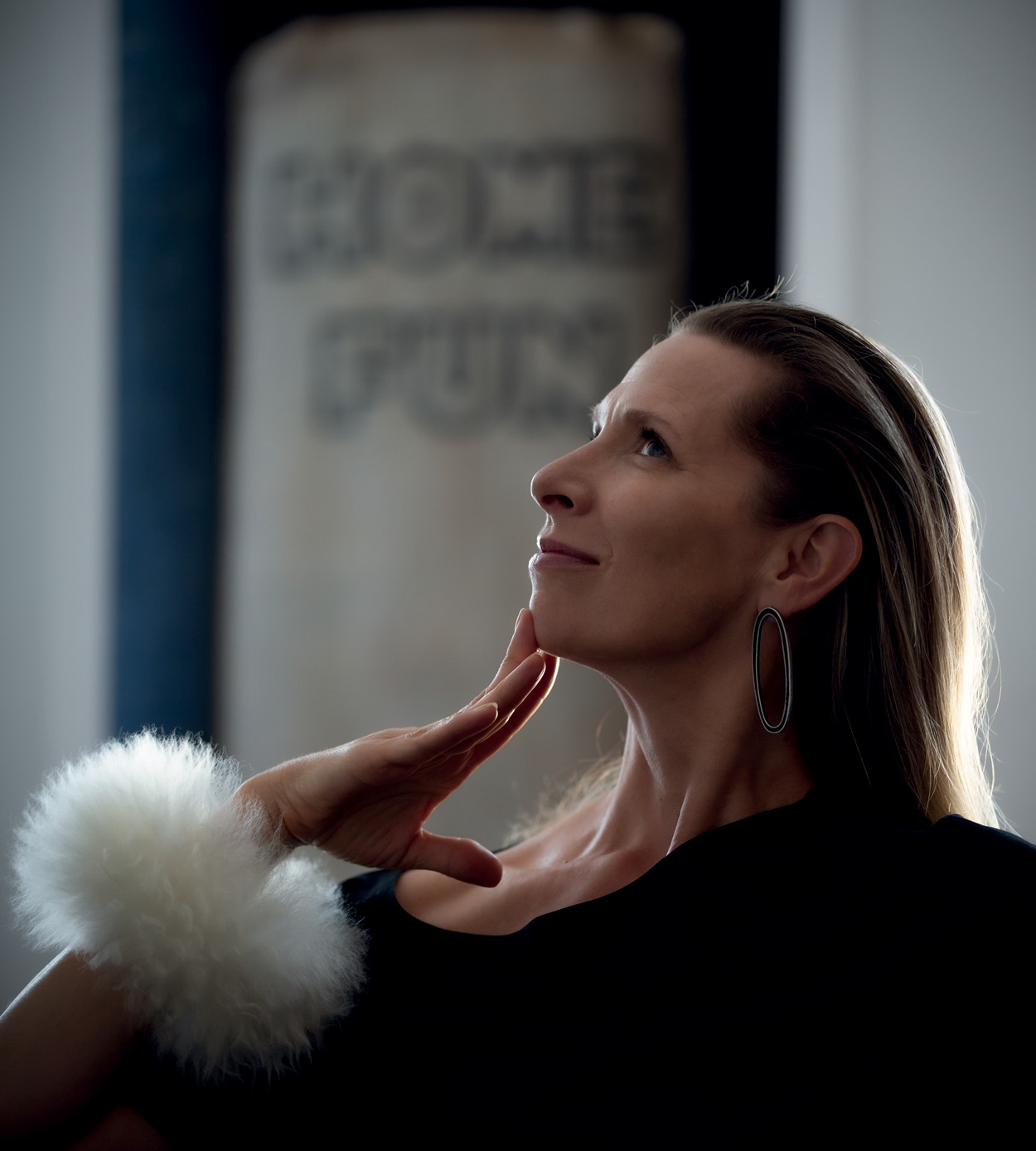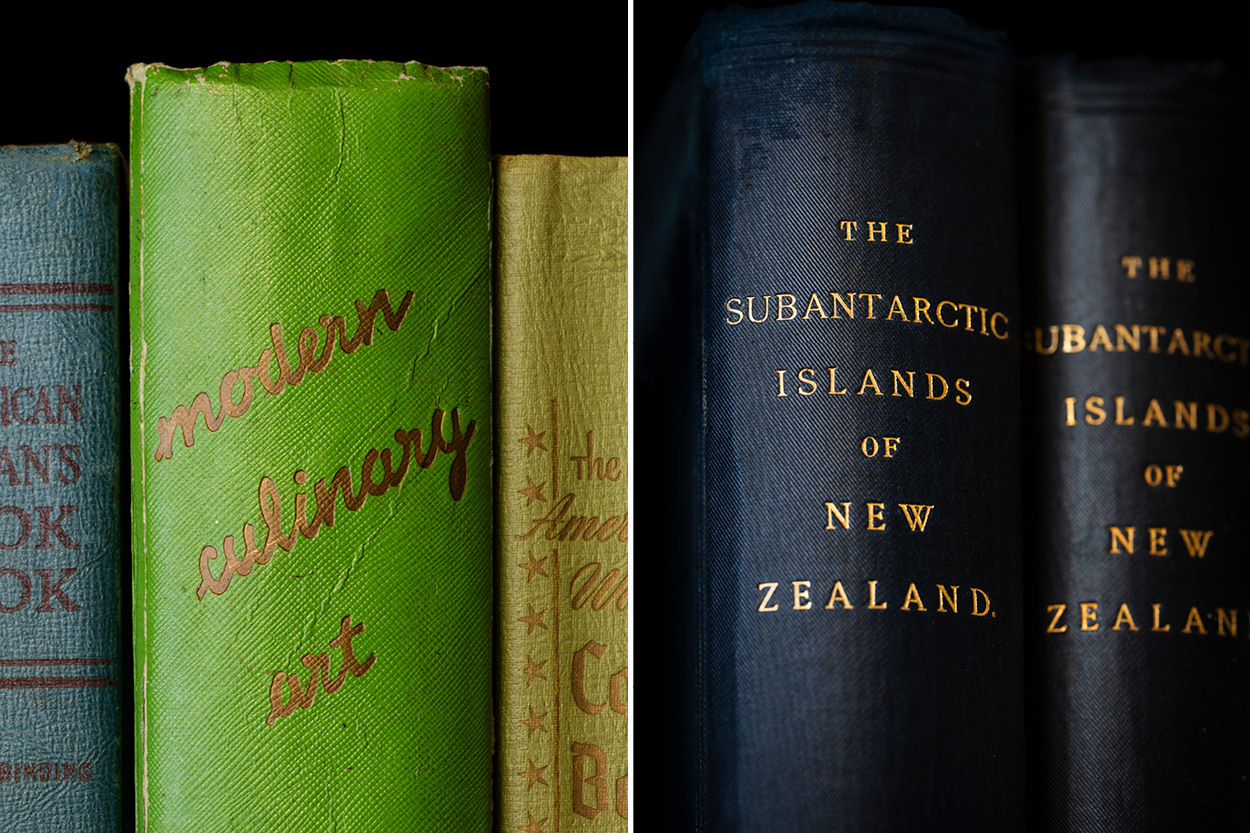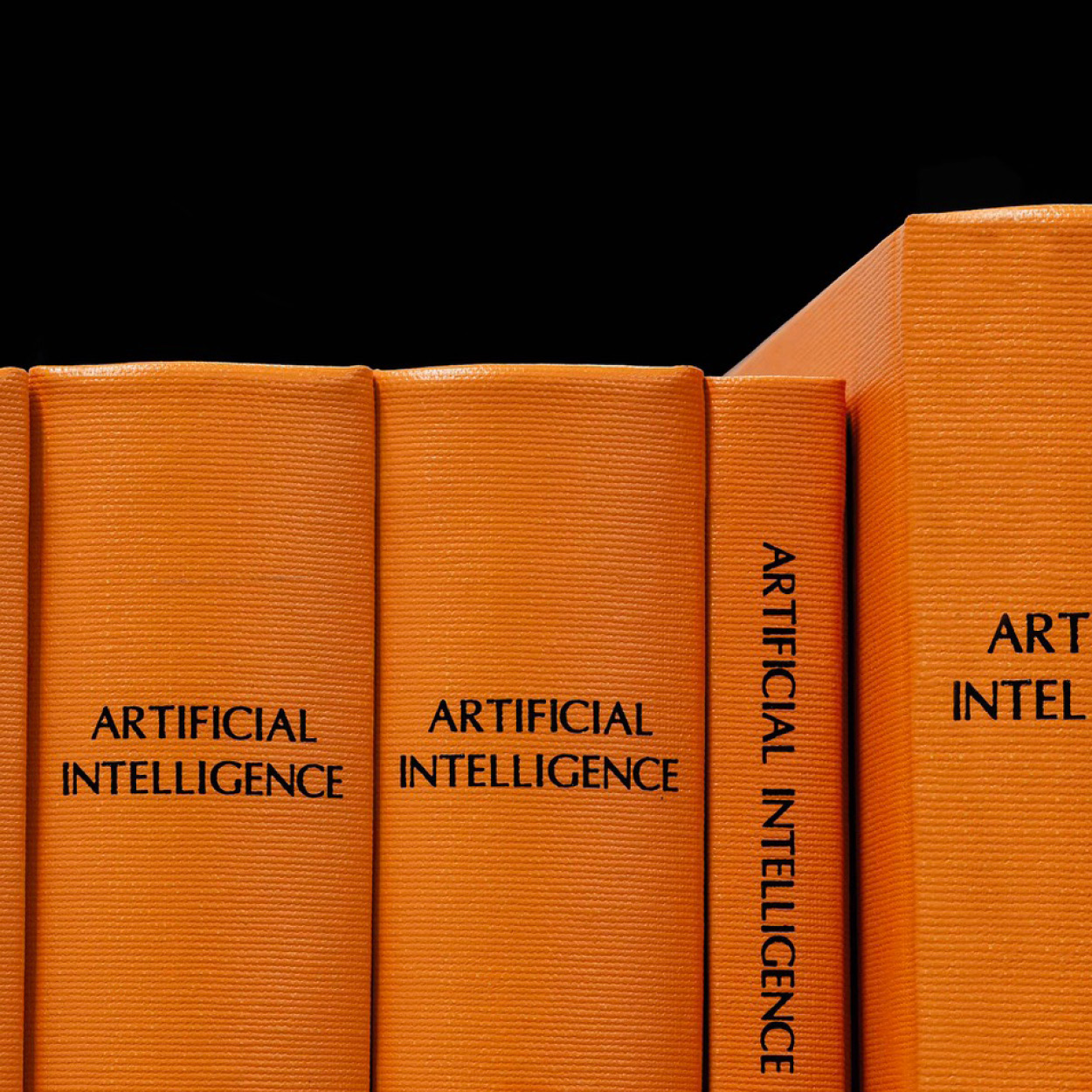American-born, New Zealand-based artist Mickey Smith discusses her latest body of work ahead of its unveiling at Sanderson, as she switches her focus from the contents of meticulously laid-out libraries to “wild and homeless” second-hand books.

Can you tell us about your background and what made you decide to become an artist?
I’m the only child of a teenage mother and a truck driver, born and raised in Minnesota, where the cold is relentless but builds character. I have brothers older than my mother. I’m the first in my family to receive a university degree and move out of the country. I met my late Kiwi husband in a dive bar in Minneapolis. We moved our little family from New York to New Zealand 13 years ago.
Knowing I’d become a photographer from a very, very young age, becoming an artist was more happenstance. When I applied for university, I was awarded a scholarship for the art department instead of the journalism department. Terrified because I couldn’t draw, I reluctantly accepted. As soon as I was introduced to conceptual art, it was clear I’d found my calling.

You are known for your photographic imagery of books and physical texts. Where did the inspiration for this come from?
The affair with books began over twenty years ago, during an artist residency on a small island in Rainy Lake in Northern Minnesota. Each building on the island was lined with books, over 15,000 volumes. Naturally, all the artists were inspired by the collection, but one afternoon I turned my camera toward them and spent many long summer days obsessively photographing the spines.
Once I was back in the city, I dove into the stacks at the public library. It began as an exploration of overlooked printed materials — bound periodicals, reference volumes, institutional texts — finding titles like MONEY bound in green and VOGUE bound in shades of grey. Since then I’ve worked almost exclusively in libraries, photographing books and archives worldwide. Today I’m particularly interested in the social significance of books, libraries, their physical existence and disappearance.
You currently have a public exhibition Morphologies touring the United States. Can you tell us a bit about that show and the story behind it?
Morphologies is a touring exhibition that explores the power of language, knowledge, books and archives. The title Morphologies references the study of forms — both linguistic and physical —underscoring how words and books shape our understanding of culture and history. Alongside works from earlier works from the Volume, Believe You Me and Denudation series, I’ve created several large-scale installations, including Platform Vol. I (made of 3,276 discarded library journals) and a Stack Vol.I (created from old shelving and 98 years of shredded National Geographic magazines). The exhibition invites viewers to consider what happens to knowledge when its physical form fades from public view.

You recently won the Molly Morpeth Our Place Magazine Merit Award for your artwork ARTIFICIAL INTELLIGENCE. What made you choose that work as your entering piece?
ARTIFICIAL INTELLIGENCE is part of an ongoing project titled Volume, which features bound periodicals and journals found in public libraries at large-scale. These books are not touched, artificially lit, or manipulated — rather created by the librarian, found and photographed in the stacks as positioned by the last reader. It takes a great deal of patience and intuition to find the right combination of factors which make a title resonate. Although I’d noticed this particular journal years before, AI did not demand my attention until 2024. And it wasn’t until my camera was on the tripod did “art intel” reveal itself.
Louis Menand wrote of my work, “One important thing about the images is their found-ness. The photographs are taken from life; they’re not made from props in a studio. The artist was on a library safari.”
Your upcoming exhibition Domesticated opens at Sanderson on April 29th. Can you tell us a bit about this exhibition and what people will have to look forward to?
After decades of meticulously working in libraries, Domesticated features titles from my new found location of interest – second hand bookshops. Distant cousins, these “wild and homeless books” exude a palpable history. As I study the collections I find myself contemplating where they have come from? Who loved them? Will they find another home? The Domesticated collection is more nostalgic than previous collections – more colourful, less serious, with the occasional dark undercurrent of domesticity at play.

You are also showing at the Aotearoa Art Fair this year. What are you showing at the stand?
My solo exhibition is on concurrently with the Aotearoa Art Fair so the fair is going to feature an extension of the Domesticated series. With so many new titles to choose from, we decided the new collection should span both venues. The art fair have partnered with Sanderson to make the April 29th opening a VIP event, which is exciting.
Tell us one thing about you that people wouldn’t know.
Currently obsessed with rare chained libraries, I’m plotting a journey to capture the last surviving collections on the earth.
Exhibition dates:
Domesticated by Mickey Smith: 29 April — 25 May 2025
Sanderson Gallery
Osborne Lane
2-4 Kent Street
Newmarket
Auckland 1023






